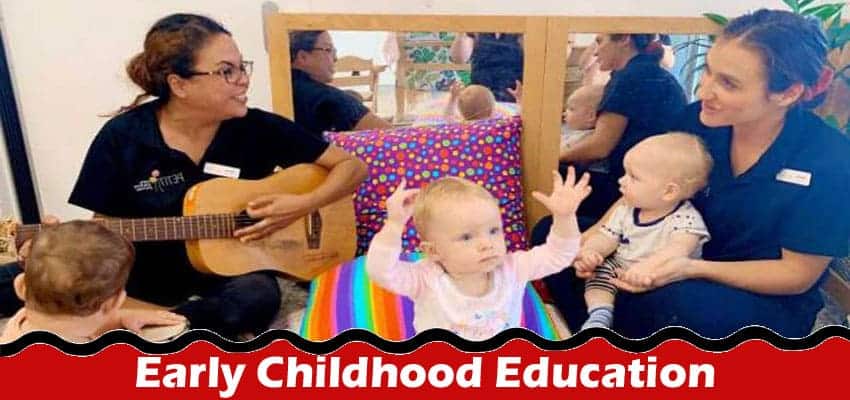Early childhood education is where young minds blossom and explore, and music and movement play pivotal roles here in nurturing holistic development. Recognised for their profound impact on children’s learning and growth, these elements are integral to curriculums worldwide, even at a preschool in Whitefield. So, this post is about the multifaceted benefits of incorporating music and movement into early education. It paints a picture of how they foster cognitive and physical growth and emotional and social well-being.
The Symphony of Learning: Cognitive Benefits
Music and movement are more than just fun activities; they are vehicles for cognitive development in young learners. Engaging with music, whether through listening, singing, or playing instruments, stimulates brain areas involved in memory, attention, and even literacy skills. Rhythms and melodies help children grasp patterns and sequences, laying a foundation for mathematical concepts. Preschools that integrate these activities into their curriculum witness the blossoming of young minds adept at problem-solving and critical thinking, all while navigating the joyful realm of tunes and beats.
Choreography of Coordination: Physical Development
Their physical benefits are as striking as the melodies and rhythms themselves. Dance and movement activities encourage children to explore the capabilities of their bodies, enhancing motor skills, balance, and coordination. These activities don’t just prepare children for the physical demands of life; they instil a sense of freedom and joy in expressing themselves through their movements. Early childhood education centres that prioritise these activities offer a playground for physical development. Every hop, skip, and jump is a step toward healthier, more active lifestyles.
Emotional Resonance: Social and Emotional Growth
The emotional and social dimensions of music and movement are profound. These activities provide a safe space for children to express their feelings, understand emotions, and connect with others on a deeper level. Group activities, common in preschool settings, foster teamwork and empathy as children learn to move and create together. The shared experience of making music or dancing together can be a powerful tool for building friendships and enhancing social skills. It prepares children for the complex emotional landscapes they will navigate throughout their lives.
Harmony of Expression: Language and Communication
Music and movement are languages unto themselves, offering unique modes of expression that transcend words. Singing and musical activities introduce children to new vocabulary and the rhythms of language, aiding in their linguistic development. Moreover, these activities encourage children to communicate, whether through singing in unison or expressing themselves through dance. For many young learners, they serve as universal languages, bridging gaps and fostering an inclusive educational experience.
The Cultural Tapestry: Cultural Awareness and Appreciation
Integrating music and movement from various cultures into the curriculum enriches children’s understanding of the world. Any reputable preschool in Whitefield, Bangalore, situated in a city known for its diverse cultural tapestry, has the unique opportunity to expose children to a wide range of musical traditions and dance forms. This broadens their cultural horizons and instils a deep appreciation for diversity and the many ways humans express joy, sorrow, and everything in between through the arts.
A Note to Educators and Parents
The message is clear for educators and parents alike: the benefits of integrating music and movement into early childhood education are vast and varied. By choosing a preschool that values these activities, you’re not just enrolling your child in a school. Instead, you’re opening the door to a world of cognitive, physical, emotional, and social growth. Preschools that embrace this holistic approach to learning are not just places of education—they are stages where the next generation learns to dance to the rhythm of life.
Conclusion
Music and movement elements are not mere extras; they are fundamental to the developmental symphony of childhood. In the classrooms and playgrounds of any reputable preschool in Whitefield, the next generation of thinkers, doers, and dreamers is learning to move and groove through life. Besides, they are equipped with the skills and sensibilities that music and movement so uniquely cultivate.


